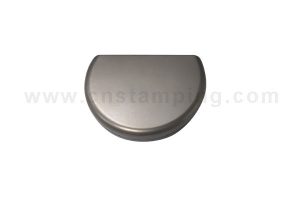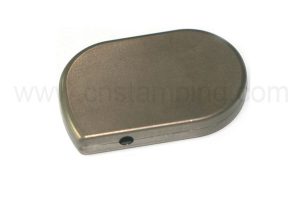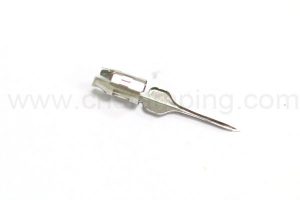Precision Metal Stamping Parts for Medical Devices
Precision and quality are two key points in manufacturing medical device metal stamping parts and tools.
With the growing requirements of life sciences, metal parts have actually become an essential part of building medical devices for energetic stimulation and medical treatment of illness and health problems. These devices encounter a continuous obstacle of biocompatibility as they need to be suitable for both internal and exterior use in fields such as orthopedics and cardio medication.

The development of implants for bones and joints, as well as cardio implants such as defibrillators, pacemakers, and artificial heart valves, is an ever-evolving process. It requires quick prototyping of tool layouts to ensure capability and the use of materials that will react optimally with body fluids.
These ongoing demands and advancements in medical technology are made possible by the continuous development of metals and alloys for components ranging from tiny screws to complex implantable medical devices.
Metal stamping manufacturers for medical devices prioritize producing components that meet specific requirements, including easy sterilization, resistance to corrosion and wear, shape retention, and inertness. Deep draw stampings are instrumental in meeting these demands for medical devices and instruments.
Stampings are crucial in fulfilling the requirements of medical devices and instruments. In addition to implantable medical devices, precision medical device metal stamping parts are also incorporated into housing and casing components for cardiovascular and neurological applications, as well as shields, half-shells, battery cases, and capacitor parts.

Materials for Medical Device Stamping
To keep the industry up to speed with brand-new findings and technologies, metal device metal stamping depends greatly on two materials: Titanium and Stainless Steel.
- Titanium
It is known for its versatility in interior applications, Titanium stamping has remarkable capacities of withstanding corrosion and attaching to human bone and tissue (called Osseointegration) with extremely couple of adverse responses.
It has likewise ended up being the main material for implantable device shields based on its inertness and reduced risk of rejection. Professionals in deep drawn stamping can use this material to develop medical developments for surgery and surgical tools like drills, forceps, retractors, and more.
- Stainless steel
The other widely made use of and extremely reputable alloy in the medical device market is stainless steel. Typically discovered in devices such as pacemakers and diagnostic guide cords, the material is identified for high rust resistance and superb formability for various functions.
By producing these deep drawn components, the use of stainless steel alloys ensures high-quality parts that retain crucial properties before, during, and after use. Deep drawn metal stamping capabilities extend beyond just the material used and are quick to adapt to advancements, working with OEMs to expedite the introduction of new equipment to the market.

Metal stamping parts suppliers have actually discovered to reply to the requirements of the medical industry quicker than ever before with committed prototypes and well-developed R&D systems. The precision metal parts are formed with proper cleanliness, equipment, and surface area finish to make certain simple usage and upkeep regardless of what the application. Deep draw metal stamping enables complete accuracy and precision for medical needs with personalized styles and specialized modifications– pushing the industry forward during one of the toughest times.
